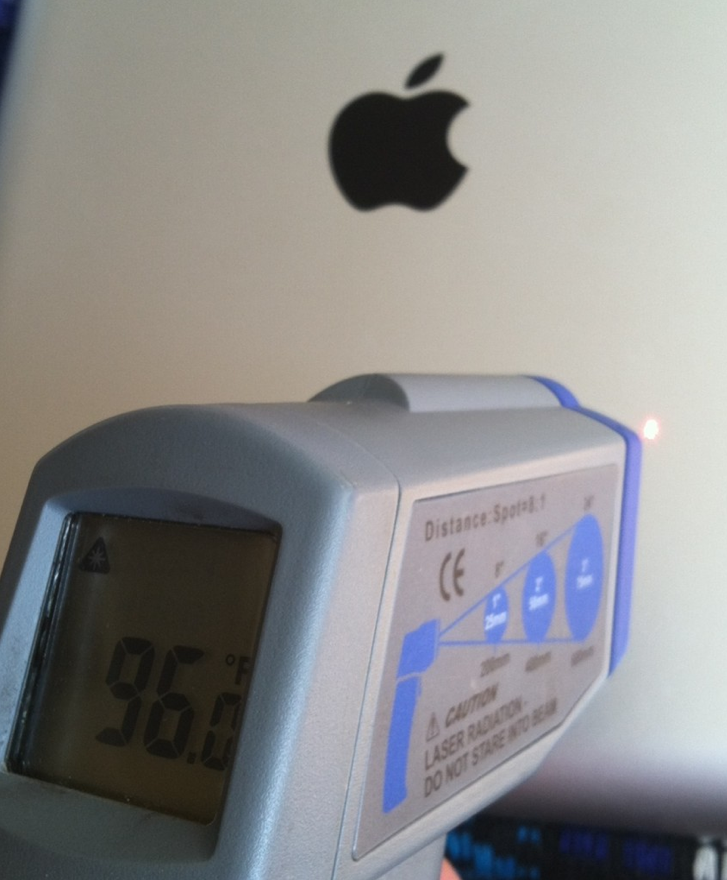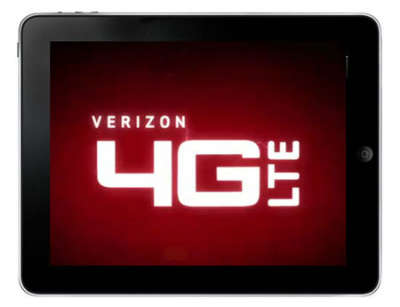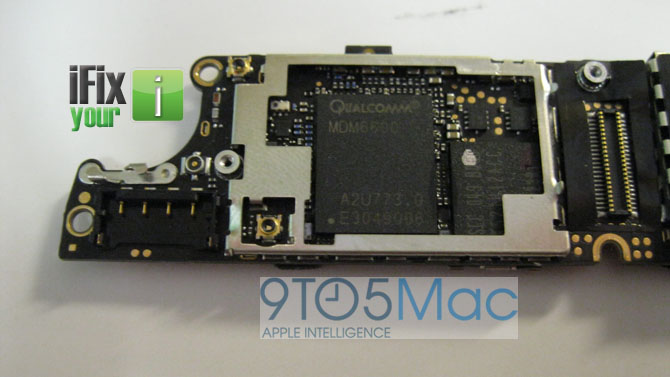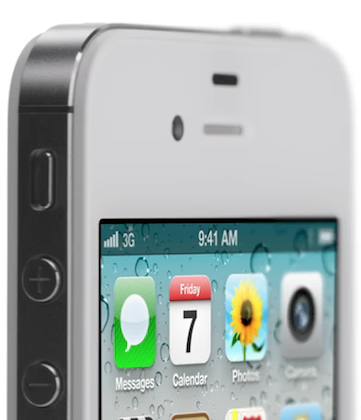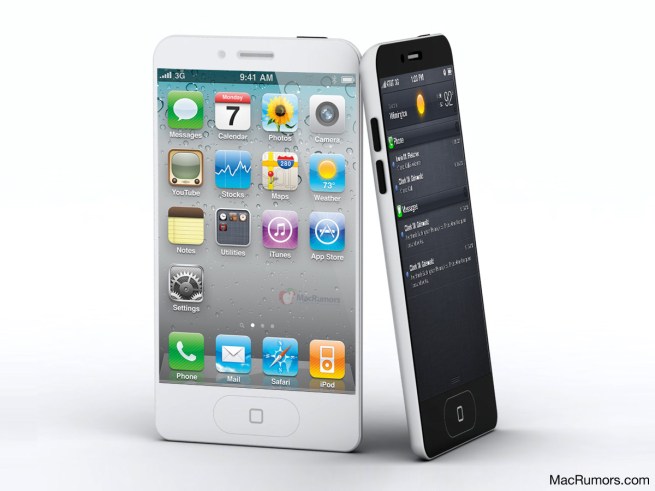Apple LTE chip supplier Qualcomm unable to meet demand, could push back next iPhone launch

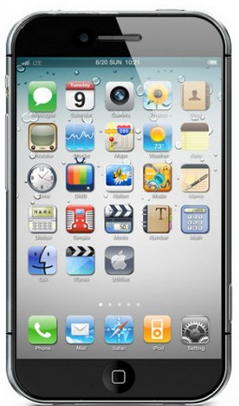
According to a report from Reuters, Apple’s LTE chip supplier Qualcomm is having “trouble meeting demand” for smartphone chips and will continue experiencing manufacturing constraints throughout the rest of the year. Qualcomm Chief Executive Paul Jacobs told analysts on a conference call yesterday, “At this stage we cannot secure enough supply to meet the increasing demand we are experiencing.”
With Apple’s next-generation iPhone expected to include LTE capabilities like the recently launched third-gen iPad, many are speculating Qualcomm’s supply issues could lead to delays. It would also make the rumored September or October unveiling and holiday launch all the more likely opposed to June. Is it possible Qualcomm’s supply constraints have anything to do with Apple buying up its capacity?
Apple recently began internally seeding prototype N96— a faster iPhone with 1GB of RAM and an A5X variant to test the performance of the new chip on iPhones.
Qualcomm’s Chief Financial Officer Bill Keitel told Reuters the constraints have lead to increased operating expenses:
Expand
Expanding
Close
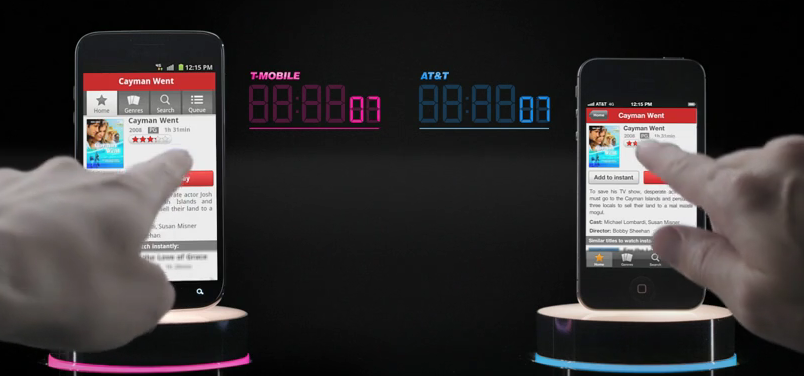
 Yesterday,
Yesterday, 
